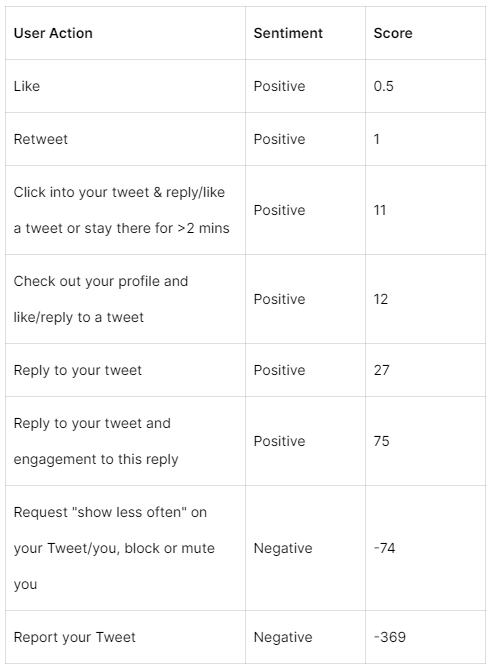Tectonic plates of the social media world shifted over the summer with Meta’s introduction of Threads. The platform registered more than 100 million users within the first week of its launch. In another corner, significant developments (or drama) unfolded in the Twitter world. Over a year after Elon Musk first announced his Twitter takeover bid of $44 billion, he managed to change the name of Twitter to X, drawing ridicule, criticism and lawsuits.
Elon Musk’s takeover of Twitter in October of last year appears to have led to a decline in user engagement. Pew Research data shows that a majority of U.S. Twitter users took breaks from the platform in the past year, and active users tweeted less following the acquisition. Six in ten Americans using Twitter in the past year took extended breaks. Although Musk, in a tweet and an interview mentioned that Twitter monthly users were at an all-time high, among the platform’s most active users, there was a 25% decrease in monthly tweet activity.
This past year was eventful, to say the least, at Twitter.
Here is a timeline of major developments since Elon Musk took over:
- October 2022: Elon Musk acquires Twitter
- November 2022: More than half of the workforce including the CXOs at Twitter laid off
- November 2022: Twitter Blue verification morphed into a subscription model starting at $8 for individual users. Only verified users can send longer tweets (up to 25,000 characters), longer videos (up to 2 hours long), and edit or undo their tweets
- December 2022: New metric called “Views” introduced, which allows users to see how many people saw a tweet
- January 2023: “For You” tab made the default feed
- April 2023: Elon Musk claims of record high usage in a BBC interview
- June 2023: New CEO, Linda Yaccarino takes over
- July 2023: Name and logo of Twitter changed to X
- August 2023: TweetDeck made accessible only to subscribers
Amidst all this, Twitter released its recommendation algorithm for the “For You” feed, and social media managers have scrambled to make sense of it.
Here are some pointers that I think are worth noting in order to maximize the reach of your tweets/X posts. For the purpose of this post, I am going to refer to Twitter/tweets as my reference materials were sourced when Twitter was Twitter (and not X).
‘Tweepcred’ or account reputation matters
Tweepcred is a term used by Twitter to assess and rank users’ influence and reputation on the platform. It assigns a numerical score to users based on their interactions and engagement quality. Then, it calculates a reputation score, considering factors like account age, follower count, and device usage. Importantly, the algorithm adjusts this score based on the user’s follower-to-following ratio. The higher the ratio, the better it is for your account. The resulting Tweepcred score, ranging from 0 to 100, represents a user’s Twitter reputation. Twitter uses this score to determine which accounts to follow and those that should have their content served.
Engagement is valued
The goal of any social platform is to keep people on the platform longer. Any tweet that keeps your audience engaged and on the platform for long is a positive signal for the algorithm.
Tweets have a half-life of 360 minutes, so your tweets’ relevancy score will drop by 50% six hours after they were posted, unless they are generating a lot of engagement.
Following is a list of user actions, and how they influence the algorithm:

From the above table, you can gather that Replies to tweets and further engagement on those Replies have the highest positive weight. On the other hand, someone reporting a tweet is holds the highest negative weight.
So make sure you are engaging with as many tweets and replies as possible, especially within the first six hours of tweeting.
Mutes, unfollows and spams are heavily penalized
It is prudent to keep on eye on the type of content that you audience buckets as spam or leads them to unfollow.
Add visual elements to tweets
Tweets with videos and images tend to get a boost.
Avoid links unless they generate engagement
External links are seen as a negative ranking factor. You should avoid links, unless the tweet has the potential to generate high engagement.
Avoid using too many hashtags
Using one is fine. Two is more than enough.
Twitter Blue accounts are rewarded
Verified subscribers get four times the boost in the algorithm than regular accounts.
The Future of Twitter/X
Watching Twitter/X over the last year has been nothing short of watching a soap opera. Musk has on multiple occasions announced his plans to turn Twitter/X into an everything app – a town square, a ‘We Chat’ equivalent with voice and video calls, and a streaming platform. Many have started writing eulogies for Twitter. Musk on the other hand is touting the platform’s growth under his leadership.
We plan to play along, for now.